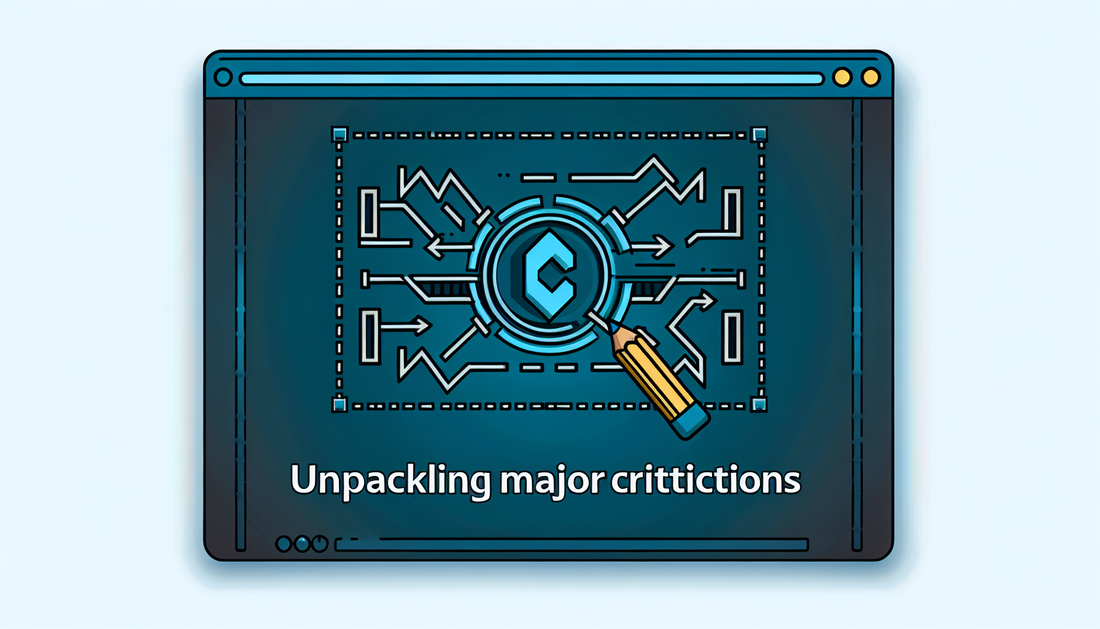
SRB Crypto Asset: Unpacking the Major Criticisms
Share
Biggest Criticisms of the SRB Crypto Asset
SRB, a relatively new entrant into the vast world of cryptocurrencies, has been met with both curiosity and skepticism. Like many crypto assets, SRB is not immune to criticism, which stems mainly from its market practices, technological framework, and community engagement strategies. This article delves into some of the main criticisms surrounding SRB and explores why these issues may be concerning for investors and developers alike.
Unclear Use Case and Roadmap
A prevalent criticism of SRB is its lack of a clearly defined use case. Investors often look for crypto assets that provide a unique utility, but critics argue that SRB’s primary function remains vague. Without a strong, distinctive value proposition, it can be challenging to attract consistent interest and usage. Moreover, the roadmap for SRB is sometimes considered too broad, lacking specific goals and timeframes, which leaves investors unclear about the asset’s future direction.
Concerns Over Decentralization
SRB has faced skepticism regarding its claims of decentralization. True decentralization implies no single entity has control over the network, and decisions are made collectively by participants. However, critics argue that SRB exhibits centralized control in areas such as governance and token distribution. This raises concerns about the true autonomy of the network and whether it can maintain security and fairness. These are criticisms faced by many in the crypto industry, as evident from discussions on the importance of decentralized governance models found in other projects like GLCH3.
Regulatory Uncertainty
As with many emerging cryptocurrencies, SRB faces potential regulatory hurdles that could impact its growth and adoption. Regulatory bodies around the world are paying closer attention to digital assets, and any adverse regulations could disrupt SRB’s operations. The issue of regulatory clarity is not unique to SRB but poses a significant risk factor that investors must consider, similar to challenges discussed in projects such as TOMI.
Community and Developer Engagement
Another criticism is the relatively low level of community engagement. A strong and active community can be one of the key pillars of a successful crypto project, offering support and contributing to development. Critics argue that SRB could benefit from a more robust engagement strategy to boost confidence and participation. Developer contributions and transparent communication channels are vital for building trust, as highlighted in discussions around best practices for community governance, such as in GLCX5.
In conclusion, while SRB stands as a notable crypto asset, it is essential for potential investors and users to understand and weigh these criticisms carefully. Continuous monitoring of SRB’s development and strategies will be crucial in evaluating its long-term viability in the ever-evolving cryptocurrency landscape.
